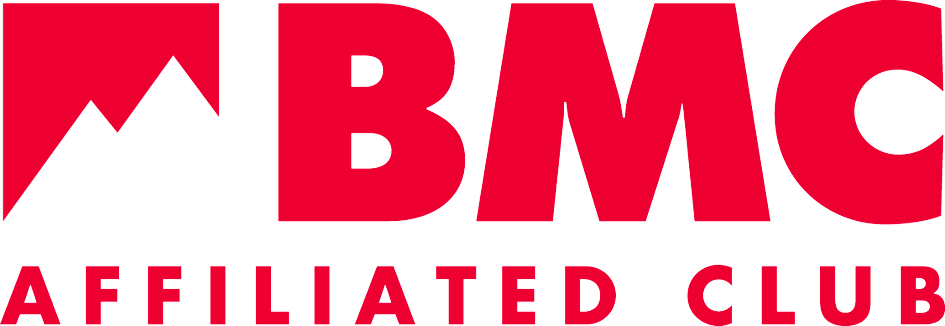PHOTOS FOR GUIDEBOOKS
High quality landscape and action photos are at the heart of every modern guidebook and the club is always happy to receive good quality images which may be suitable for publication. We also need high quality images for our Journal and website. If you think that you have an image/images that may be suitable for publication we would love to see them. If one of your photos is chosen we will be in touch to get the necessary permissions to use it, please note that you will always retain the copyright.
The Club generally makes no payment for Photos, anyone who submits an image that is used in a guidebook will receive a free copy of that guidebook upon publication. There are occasions when we may commision a photo-shoot with a professional photographer, all details and fees are agreed in advance.

Taking Better Photographs
Digital cameras and camera phones make it easy to take lots of photos so there is a good chance of getting an excellent image. While it is best to go out with the primary objective of taking photos most people go climbing and take some photos along the way and these notes are addressed to them.
- A photograph taken from the side is usally better than one taken looking directly up or down.
- Ideally climbers should wear colourful clothing.
- Don't take photos looking directly into the sun. The best light comes from behind or over one shoulder.
- Pictures taken on a sunny day always look better.
- Try to show something of the character of the route e.g. the style of climbing or a particular feature of it.
- Don't place the subject too close to the edge of the image.
- If the horizon shows, eg the sea, make sure it is level!
- Normally, anyone else in the photo should be looking at the climber.
- Don't get too close to your subject, leave them some space.
- The photo needs to look dynamic and natural not posed!
- Close ups of climbers usually don't say much about the climb unless they are climbing a notable feature such as a layback.
- A leader climbing above gear or about to clip it looks better than one with overhead protection.
- Pictures of seconds rarely work.
Technical Advice
- Set image quality (resolution) of your camera/phone to maximum.
- Most cameras store photos in jpeg format, this is fine. RAW format can be useful if an available option.
- High-resolution is always needed if selected for publication.
- Do not crop the photo, this leaves the page designer the maximum flexibility to crop the image to maximise impact.
- Do not edit the photo, leave this to the page designer as multiple edits will degrade the image.
